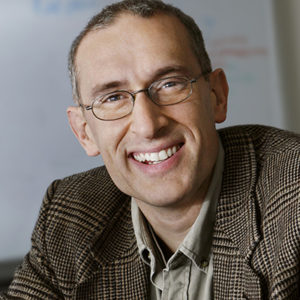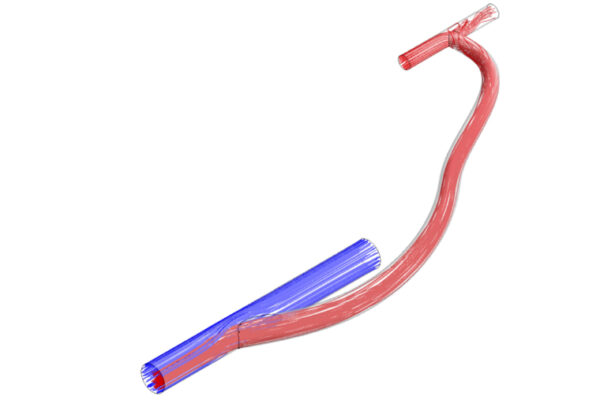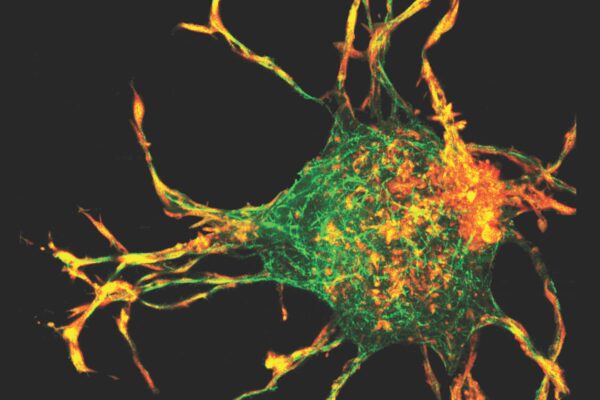Engineers often use nature to inspire new materials and designs. A discovery by a multi-institutional team of researchers and engineers about how tendon and bone attach in the shoulder joint has uncovered previously unsuspected engineering strategies for attaching dissimilar materials. The discovery also sheds new light on how the rotator cuff functions and on why rotator cuff repairs fail so frequently.
Guy Genin, the Harold and Kathleen Faught Professor of Mechanical Engineering at the McKelvey School of Engineering at Washington University in St. Louis, and Stavros Thomopoulos, the Robert E. Carroll and Jane Chace Carroll Professor of Orthopaedic Surgery at Columbia University, led a team that discovered a previously unknown fibrous architecture between the rotator cuff tendons and their bony attachments in the shoulder.

Results of the work were published Nov. 26 in the journal Science Advances.
Rotator cuff tears — among the most common tendon injuries in adults — occur when tendons pull away from or break near the bone. Thirty percent of adults over age 60 have a tear, and more than 60% of adults over age 80 have a tear. Surgery to repair the tears has a high failure rate, ranging anywhere from 30% to 90% depending on age and other factors. Genin, Thomopoulos and their teams have been studying the mechanobiology of these tissues for several years.
To take a closer look at the enthesis, or the transitional material where each of the four rotator cuff tendons attaches to the bone, the team applied a novel micro computed tomography (microCT) technique. They found that the toughness of the healthy rotator cuff arises from the composition, structure and position of the enthesis as the architecture of the fibrous soft tissues interacts with that of the bone.
“When (lead author) Mikhail Golman first showed us these images, we realized that much of the old picture of how tendon and bone interact had to be redrawn,” Genin said. “The fiber system there seems like fibers in a rope, and we can understand much about where the toughness comes from by understanding how these fibers break sequentially when they are next to the bone. It’s a new way of thinking about how to attach different materials.”
Read more on the engineering website.
Golman M, Abraham AC, Kurtaliaj I, Marshall BP, Hu YJ, Schwartz AG, Guo XE, Birman V, Thurner P, Genin GM, Thomopoulos S. Toughening mechanisms for the attachment of architecture materials: The mechanics of the tendon enthesis. Science Advances, Nov. 26, 2021, 10.1126/sciadv.abi5584.
This research was funded by the National Institutes of Health (U01-EB016422, R01-AR055580, R01-AR077793).
The McKelvey School of Engineering at Washington University in St. Louis promotes independent inquiry and education with an emphasis on scientific excellence, innovation and collaboration without boundaries. McKelvey Engineering has top-ranked research and graduate programs across departments, particularly in biomedical engineering, environmental engineering and computing, and has one of the most selective undergraduate programs in the country. With 140 full-time faculty, 1,387 undergraduate students, 1,448 graduate students and 21,000 living alumni, we are working to solve some of society’s greatest challenges; to prepare students to become leaders and innovate throughout their careers; and to be a catalyst of economic development for the St. Louis region and beyond.



